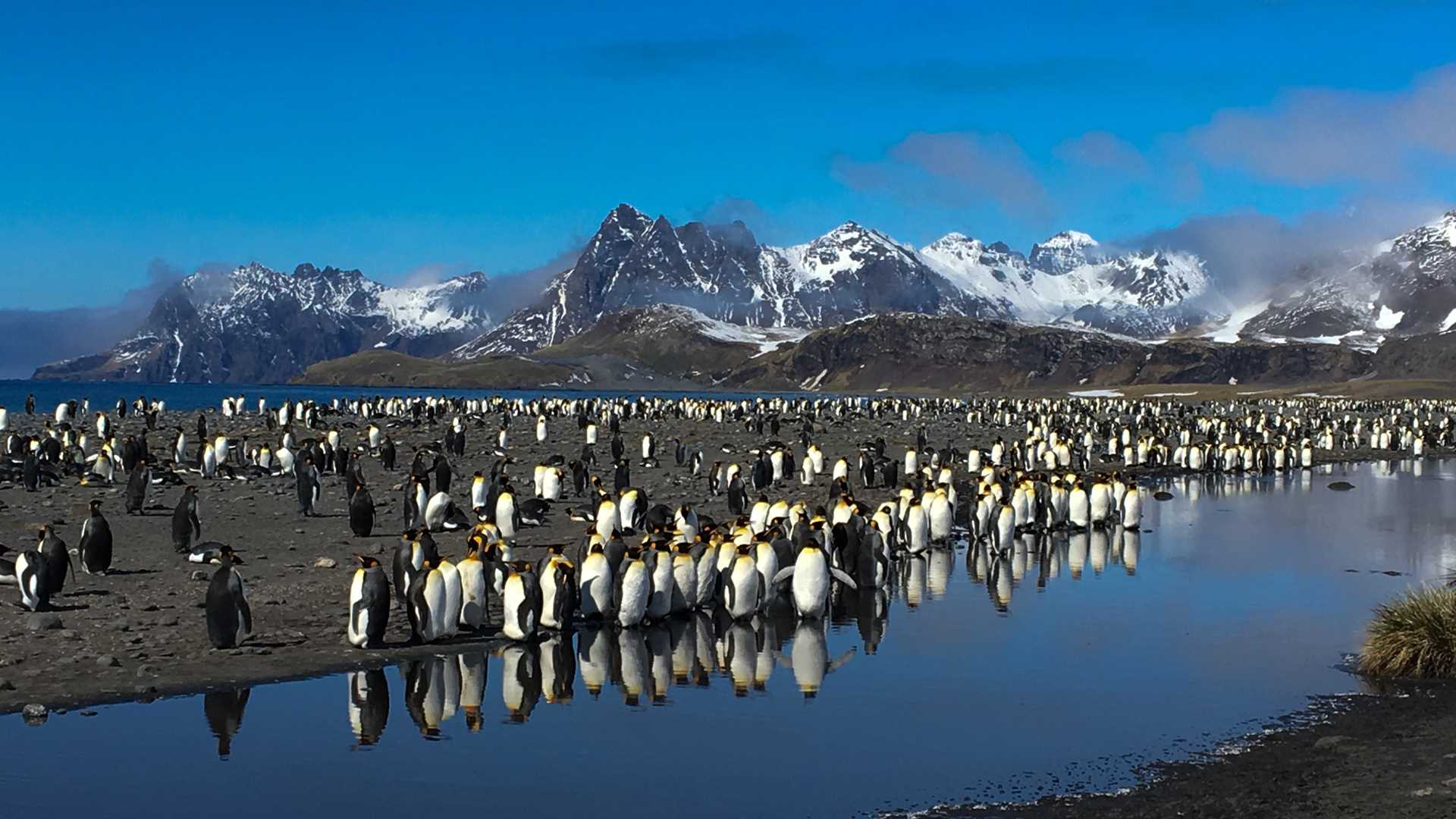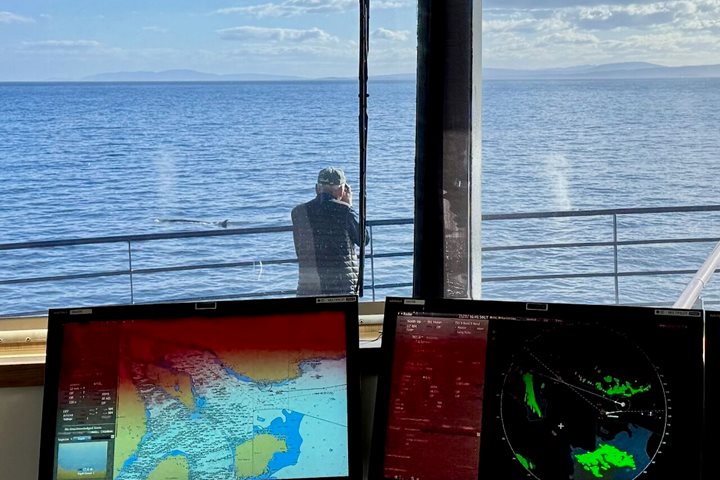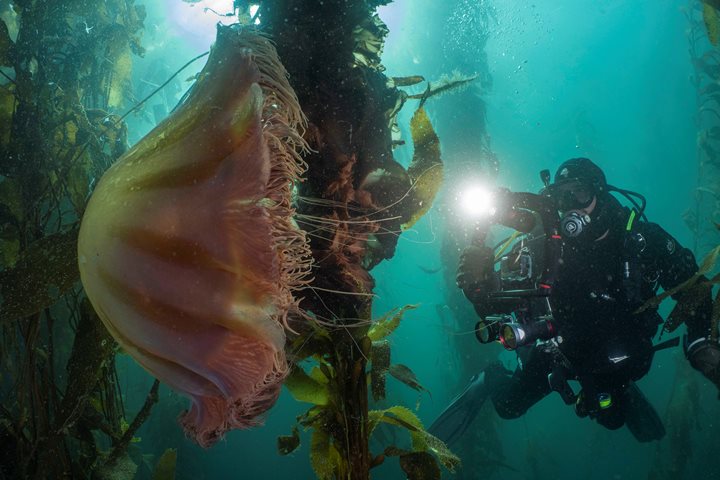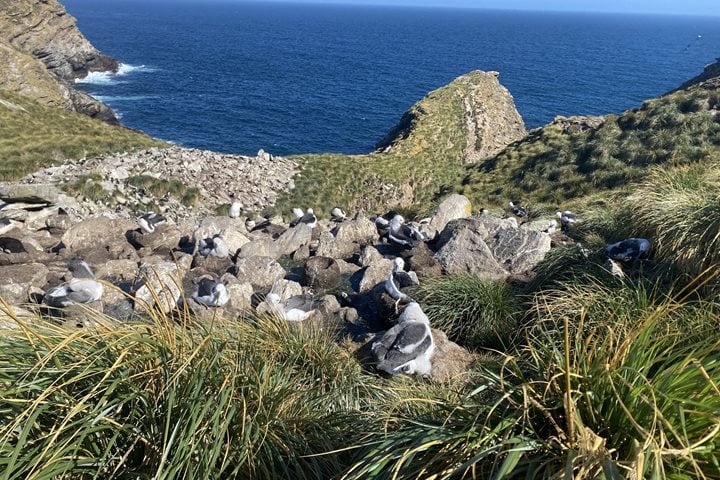The mighty South Georgia pipit. That was what made people exceedingly happy today. Well, it might have been the sunny, almost balmy weather too. Or perhaps it was the wandering albatross chicks. Or the hundreds of elephant seals. Maybe it was the 120,000 king penguins in Salisbury Plains. But, did I mention the extremely good weather that lasted all day? For many of us who have been coming to South Georgia for many years, it was definitely the pipit. But not just all the pipits, it was the ones we observed displaying and nesting in the mainland. It was what they meant that made it so special. Only a couple of years ago this was an unthinkable sight—this endemic species was restricted to the rat-free, outer islands and hardly ever seen on the mainland. The eradication of rats, a huge undertaking that lasted several seasons, seems to have been extremely successful according to what we experienced today.
The invasive, accidentally introduced rats and mice have vanished, hopefully never to return. Pipits, as well as South Georgia pintails, quickly took advantage of the absence of this predator and have recolonized their original core areas. It is expected that many species of seabirds are going to experience a similar comeback, though it will take some more time to see those results. Today we witnessed the results of a superlative conservation and recovery story whose leaders hope will catapult the overall bird population of the island to over 100 million. Yes, that estimate is correct. I’m sure, many of our guests are already thinking they want to come back because it is hard to imagine that there can be even more birds than what we saw today!
Three species of seals were also observed. At least two leopard seals, one of the greatest predators of the seas, were spotted patrolling the shores looking for the inattentive penguin. Some male fur seals had already taken a prime spot on the beach and were calmly waiting for the females to arrive. However, what got most of the attention were the massive male elephant seals, one of them measuring some five meters, probably weighing a good 2500 kilos and holding a harem of well over 60 females!
Weather-wise, a day like today would be perfect pretty much anywhere in the planet. To have it in South Georgia was certainly a privilege and we took full advantage spending several hours ashore and on deck since very early in the morning when the first icebergs revealed themselves over an exquisite sunrise. It was just a clue of the day that later materialized, certainly one that won’t be easily forgotten!
Live from South Georgia—watch on Facebook!
Right now our climbing team is transiting the sub-Antarctic island of South Georgia making their way across the island to the ruins of Stromness whaling station. They are following in the footsteps of Sir Ernest Shackleton who made the same trek 100 years ago in a successful bid to save his entire crew of Endurance. Our trekkers will walk into Stromness tomorrow, and we’ll interview them live on National Geographic’s Facebook page!







